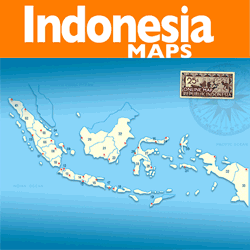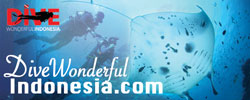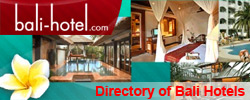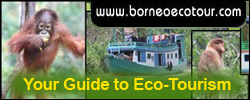Sorong Nature Tourism Park
Sorong Nature Tourism Park is a tourist area of a natural ecosystem. From Sorong city is about fourteen kilometers. Because the location is a little far from the city center, this place is far from the crowds. This area is a protected forest and often visited by nature lovers.
There are various types of plants and animals that inhabit this tourist forest area. Most visitors are nature lovers and spend time enjoying its natural beauty by camping. The visitors can also do some outbound activities here, but you must bring your own equipment. There is also a guard post of Forest Police Barracks, so that if something happens, you can report it.
Sorong Nature Tourism Park has a lowland forest ecosystem that still maintained in Sorong City, a water catchment area, and there are Damar (Agathis labilardieri) and Araucaria spp plantation forests which have been designated as a source of seeds by the Ambon Forest Plant Seedling Center (BPTH). In addition, there are about 53 types of woody vegetation such as Matoa, Merbau, Medang, Angsana, Amugia, Lansat, Cempedak, Rambutan etc.
This tourist spot is perfect for those of you who like adventure. The activities you do seem to be at one with nature. You can do camping and outbound there. There is also a waterfall that presents clear water around the park which will certainly make you want to stay longer.
Sorong Nature Tourism Park is located in Klasaman, East Sorong district, Sorong City, West Papua. There are several shelters that can be used to rest or take shelter. In addition, in this tourist area there is also a crocodile farm where we can see the crocodile breeding process. If you want to visit here, don't forget to bring your own lunch, because there are no food vendors around this place.
Rocks in Sorong Nature Park
The distribution of rocks in Sorong Nature Tourism Park is very diverse and represented in rock formations. Regionally, Sorong Nature Tourism Park is included in the Klasaman formation which is Pleistocene - Late Miocene (13-17 million years ago). It has formation thickness of about 200 – 4500 m, which consists of various types of sedimentary rocks: mudstone, shale, claystone, sandstone, and conglomerate; locally there are coal seams and coquina seams; there are few coral reef limestones. Usually there is sandstone and calcareous conglomerate layer, and some calcareous at the bottom.
The stratigraphic relationship and proportionality between the klasaman formation and other formations in the southern part are aligned. However, in the northern part is not in harmony with the Klasafet formation which is in the middle - late Miocene age (21-17 million years ago). There are several types of mollusk and coral fossils, some of them are debris from the Klasafet formation.
The source rock comes from the Klasaman formation, which thought to come from metamorphic sediments, volcanic rocks, ultramafic and from Klasafet formation rocks. Judging from the rock composition of the Klasaman formation, -which mostly consists of sedimentary rocks rich in organic substances- that is the main supporting factor for the growth of various kinds of plants in Sorong natural tourism park.
Sorong Nature Park Access
Access to Sorong Nature Tourism Park can reached by land vehicles, either private, rented or public transportation, city buses or motorcycle taxis. The journey time is about twenty minutes. The road to this area is also well paved.
If you want to rent your own vehicle, you can rent it from downtown Sorong.










